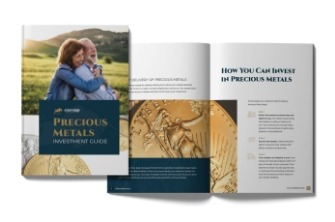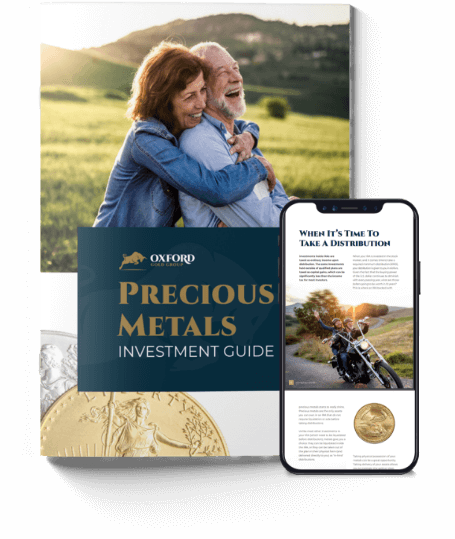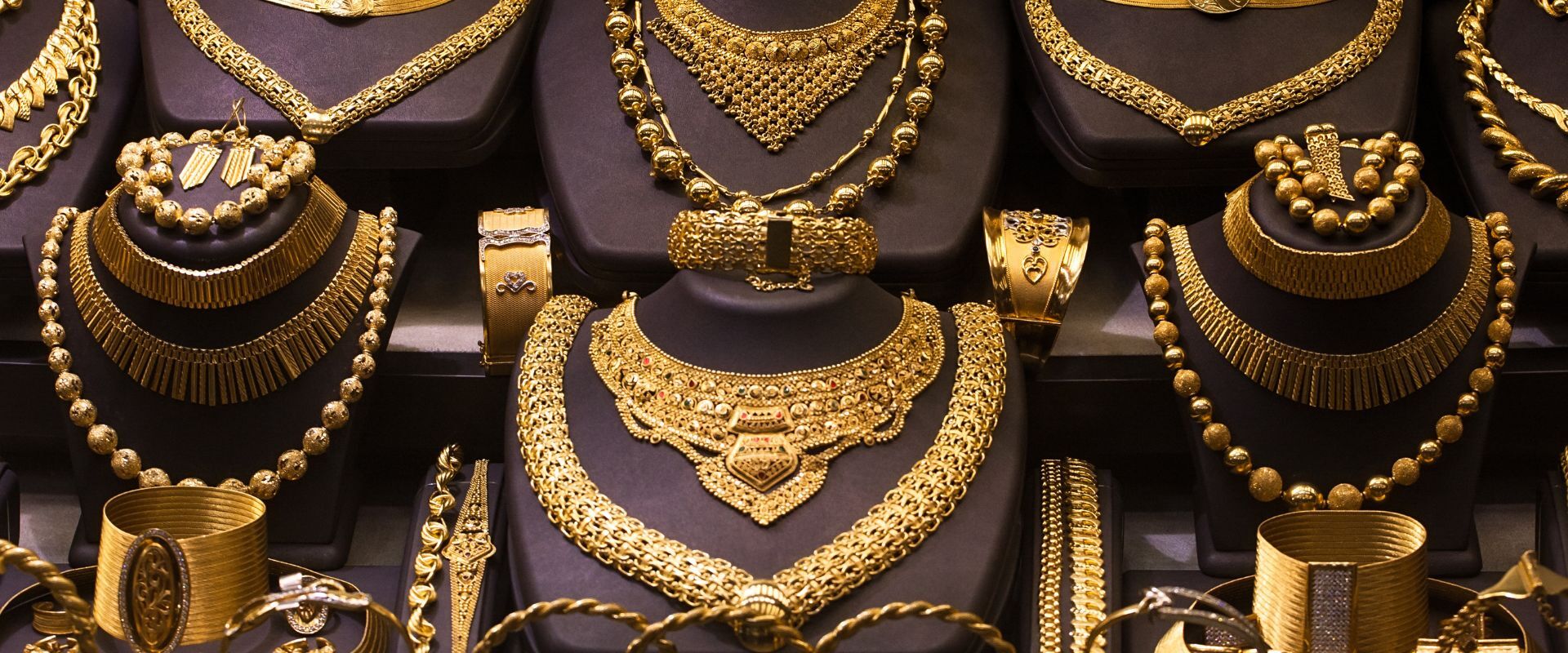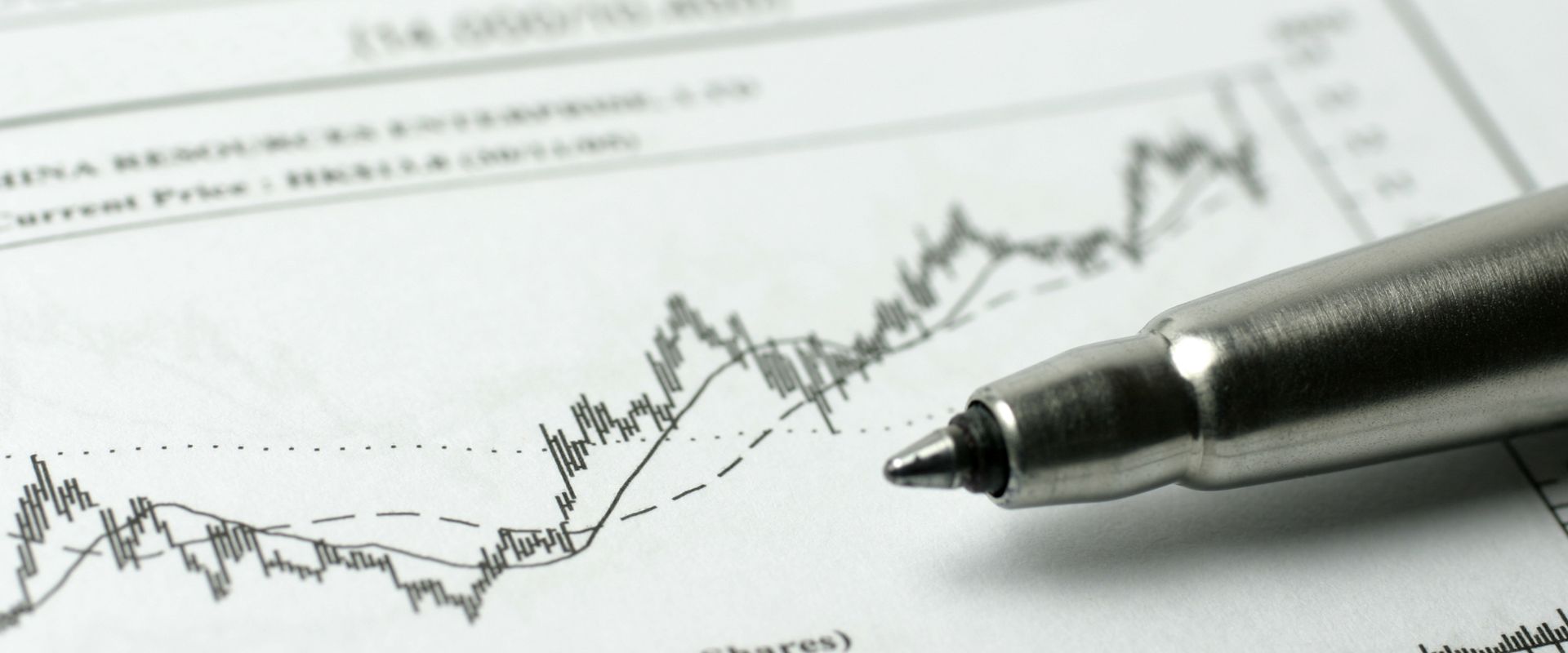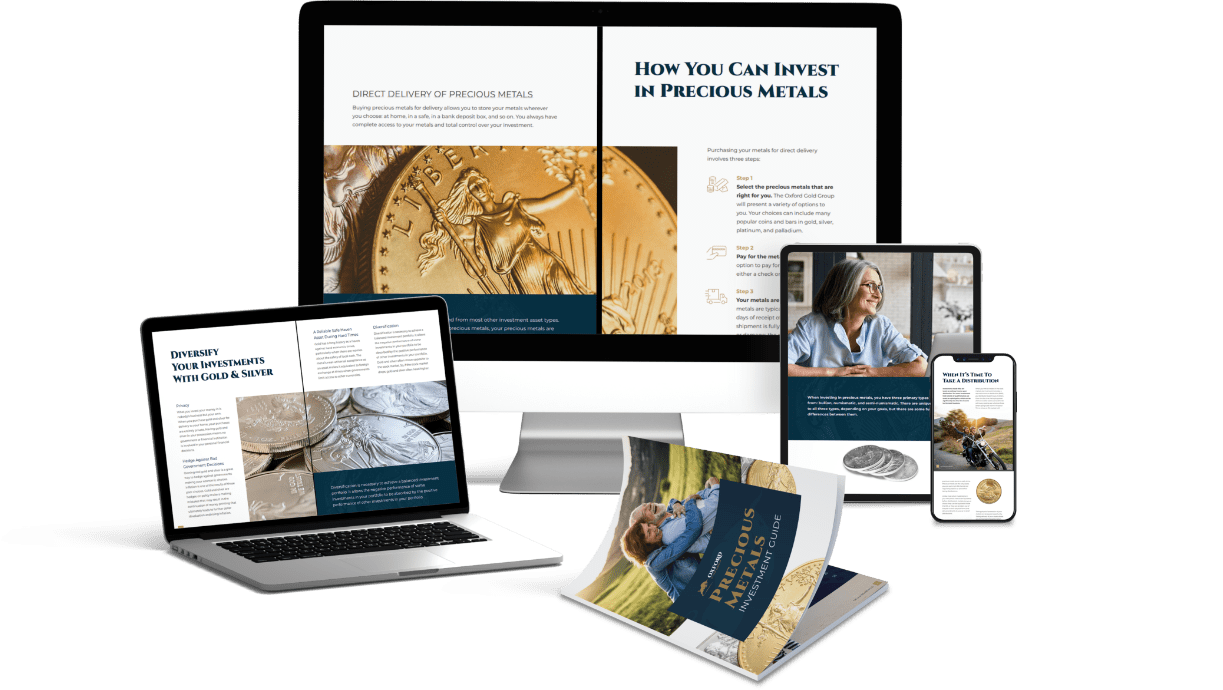Table of Contents
One of the most common ways investors diversify their portfolios is by investing in precious metals. Precious metals have a long history of value as currency, collectibles, jewelry, and even as elements in manufacturing settings. However, if you’ve never invested in precious metals before, you may not know where to start.
So, what is the best precious metal to invest in? This depends on various factors relating to your personal investment portfolio and financial situation. You have plenty of options, and Oxford Gold Group is here to break them down for you.
What Precious Metal Holds Its Value Best?
There are four primary precious metals that people invest in: gold, silver, palladium, and platinum. Each has benefits and drawbacks as part of your precious metals portfolio. When you’re buying or selling precious metals, you must know all of your options first.
Gold
Gold is one of the most valuable precious metals. It’s durable, malleable, and has a long history as a currency and a symbol of wealth. Gold prices fluctuate regularly depending on the market and interest rates, but it’s consistent in its liquidity. In economic downturns, you can sell gold for cash.
Gold also retains its value during high inflation, which is especially important post-pandemic. Its value also comes from its industrial use. Manufacturers utilize gold to make electronics, medical equipment, and automotive products.
When you buy gold, consider its purity and weight. Sellers measure purity in karats, with 24 karats being the highest purity. You can purchase gold at any weight, starting at one gram and going up to over one kilogram.
Silver
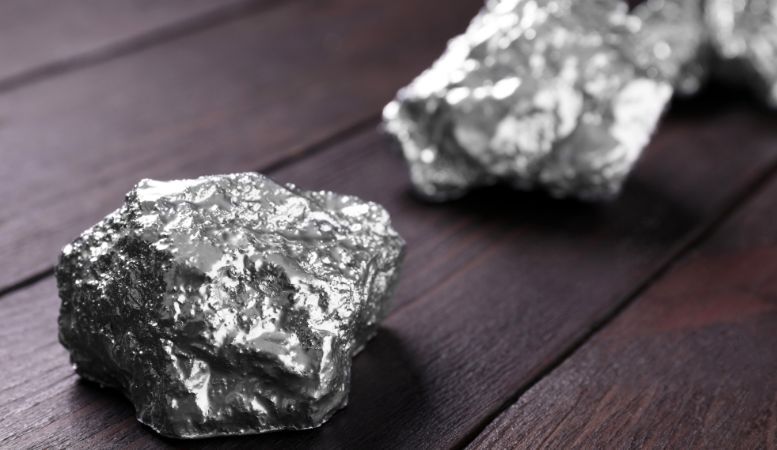
Silver is another common precious metal investment. Like gold, it has relevance in both currency and industrial uses. Silver is a component in many appliances, batteries, solar panels, and medical equipment. Compared to gold, it has a lower price point. However, this price fluctuates similarly to gold and is often volatile.
Silver is an inflation hedge, making it ideal for portfolio diversification. When your paper assets and stocks struggle against inflation, silver will retain its value. As the world turns to greener energy solutions, silver is becoming more valuable as demand grows.
Platinum
Platinum is one of the rarest precious metals, which drives up its price and value. Platinum has industrial uses as an electric conductor. Manufacturers commonly use it in cars, rings, and semiconductors. Sourcing platinum can be difficult, as there are only two countries that mine it: Canada and South Africa.
However, if you can find platinum, the effort may be worth it. When you diversify your portfolio with platinum, you benefit from its rarity, which offers long-term value.
Palladium
Palladium is another rare precious metal that has many uses. In addition to currency, it has uses in the fuel industry, the dental industry, and jewelry making. Its price fluctuates similarly to the other precious metals and is vulnerable to geopolitical and environmental factors. However, palladium’s demand and rarity make it a valuable asset.
What Precious Metal Is Most In Demand?
The demand for each precious metal fluctuates, just as the price does. For example, gold was in high demand in 2020 and 2021 during the height of the COVID-19 pandemic as investors wanted a safe-haven investment.
In general silver and palladium experience high demand. The more in demand a precious metal is, the harder it will be for sellers to meet the demand. This means the value and price will increase.
There is no definitive answer to what precious metal is most in demand, as the demand for each fluctuates frequently. This is something to keep an eye on as a buyer to determine which metals to avoid and to buy.
Types of Precious Metals Investments
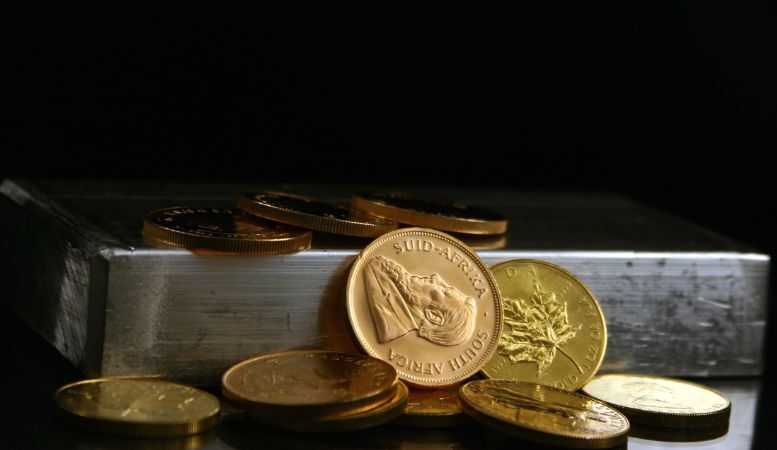
Once you decide the best precious metal to invest in, you must decide what type of investment you want to make. Depending on the metal you choose, you have different options. Each precious metals investment type comes with advantages and risks.
Physical Precious Metals
Physical precious metals come in the form of bars and coins. You can find all of these options at most retail and online dealers, like Oxford Gold Group. When you’re buying physical gold, you have to determine what form you want, its rarity, and its weight.
For example, bars are heavier and, therefore, more valuable and expensive. Coins, on the other hand, are available by the gram. Some investors new to precious metal investments start with fractional gold coins because they are less expensive and easier to trade.
However, when you purchase physical precious metals, you have the added burden of storage and security. To protect your assets, you must invest in a personal safe or a storage facility. Physical precious metals are also more vulnerable to market volatility.
On the other hand, physical precious metals come in handy during times of economic crisis as hedges against inflation, and many are IRA-eligible.
Commodity Exchange-Traded Funds (ETFs)
Exchange-traded funds (ETFs) involve investors pooling their money into financial assets like bonds and stocks. This can also include the holding of physical precious metals and shares of mining companies.
ETFs function like stocks. Every fund varies in structure, but those familiar with the stock market and stock exchanges will find this precious metal investment simple to adapt to. This option offers benefits like:
- Portfolio diversification
- Trading flexibility
- Risk management
However, ETFs also have drawbacks:
- Subject to market volatility
- High taxes and fees
Futures
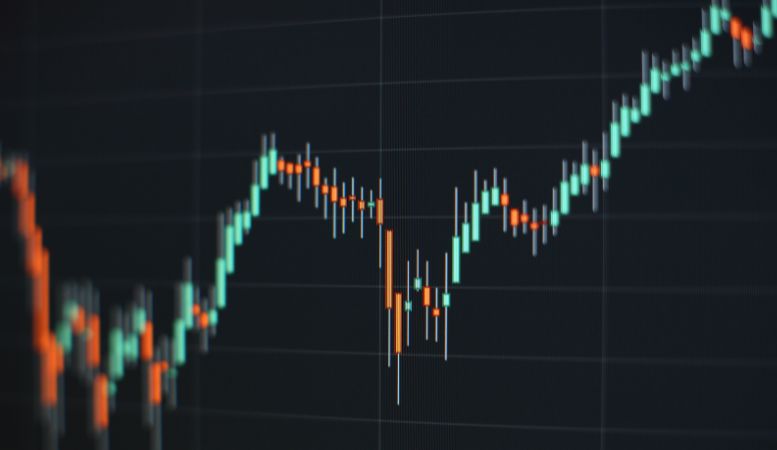
Investing in precious metals futures means you’re agreeing to purchase a set amount at an agreed-upon price by the contract’s expiration date. The benefits of futures include trading flexibility, financial leverage, and financial integrity. However, investing in precious metals comes with a higher risk, as you will lose money if the other party defaults.
Mining Stocks
Mining company stocks and mutual funds function just like other stocks, representing fractional ownership in a mining company. They remain vulnerable to changes in the price and value of precious metals. Since equities are the most dynamic investments, you could see substantial gains from mining stocks. However, you could also see significant losses.
Individual Retirement Accounts (IRAs)
You can use precious metals to fund your retirement through a precious metal individual retirement account. These accounts are self-directed and hold precious metals until you retire, at which point you can sell them for a profit. At Oxford Gold Group, we help investors learn how to invest in precious metals IRAs.
Benefits of Investing in Precious Metals
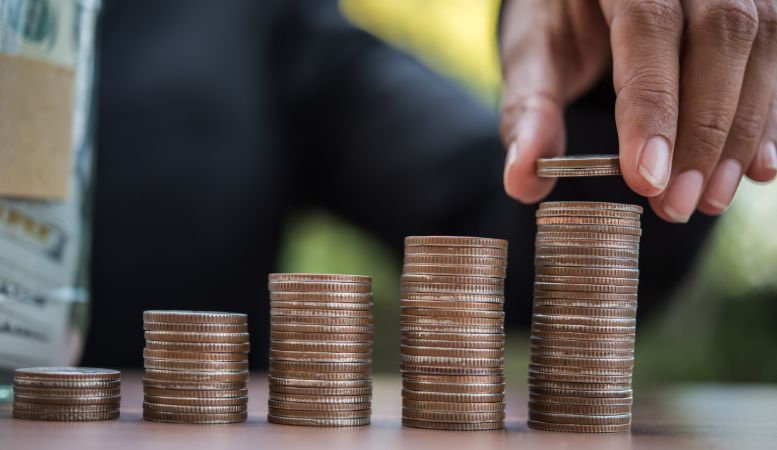
The cost of investing in precious metals can deter some investors from pursuing this investment option. However, along with the costs, you should weigh the many benefits.
Hedging Risks and Protection Against Inflation
In times of economic uncertainty, precious metals investments can act as protection against inflation and economic collapse. Since precious metals retain value even as the value of other currencies depletes, they provide security.
Portfolio Diversification
Portfolio diversification is important because it helps you offset losses from other asset classes. For example, if you lose money from a stock you invested in, having another asset — like precious metals — can help your finances stay stable.
Investment Considerations
When you choose a precious metal to invest in, an investment type, and a precious metal dealer, you have a few more factors to consider before moving forward with your purchase.
Budget
Regardless of the investment type you choose, set your budget early on. Pay attention to market swings, which can affect the prices of precious metals day-to-day. When deciding on a budget, consider your personal investment goals, other investments in your portfolio, and the current market. If you’re uncertain, consider speaking to a financial advisor.
Timing
Investing is all about timing. Before you invest, look at the current supply and demand for precious metals. Precious metals, especially palladium and platinum, can be scarce. When supply fails to meet demand, the value and price will increase.
Keep in mind that natural events and geological activity also impact investments. Since precious metals require mining, natural disasters can delay operations. Similarly, political unrest, war, or policy changes can impact the price and availability of precious metals.
Storage and Transportation
If you invest in bars, coins, or jewelry, you must consider precious metal storage and transportation needs. If you purchase precious metals online, always ask the seller about insured shipping options. This insurance will reimburse you for any lost or damaged items.
Once you have the precious metals, you must store them safely and securely. For small amounts of precious gold, a safe in your home may be enough. For larger amounts, consider a storage facility or bank. Storage fees generally cost $10 to $60 a month, depending on the space, location, and establishment.
Expand Your Portfolio With Precious Metal Investments
If you want to start your precious metals investment journey, Oxford Gold Group is the place to start. We help individuals fund their IRAs with gold and silver.
Decide what the best precious metal to invest in for you and your portfolio is. We offer a variety of precious metal products in gold, silver, platinum, and palladium.
Contact us at 833-600-GOLD to learn more, or browse our products page to see what we offer.
